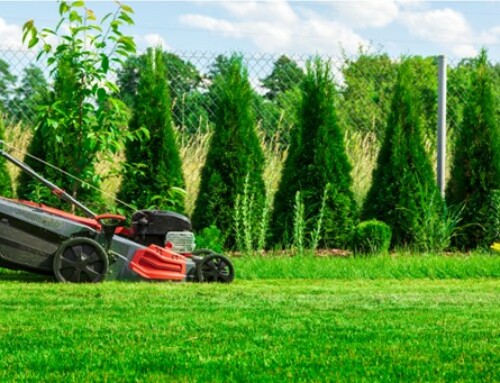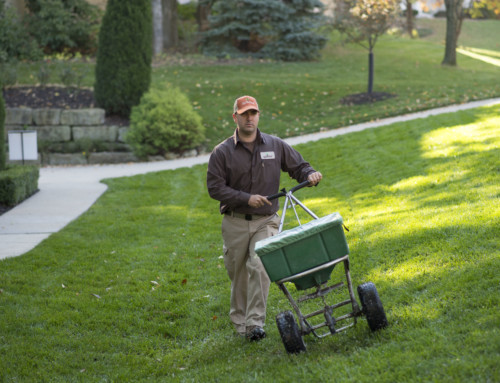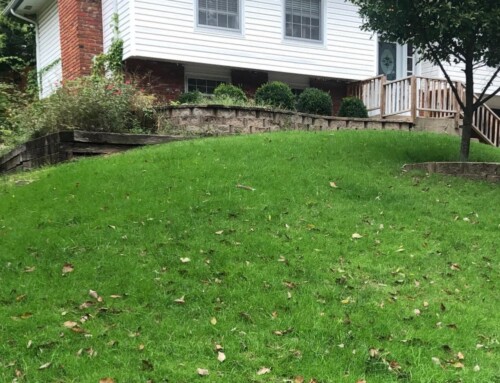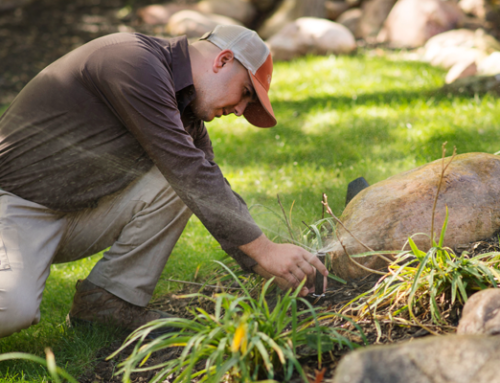Knowing the correct fertilization schedule for your garden is essential to ensure that your plants will be healthy and grow to their maximum potential. Whether you choose a pre-made fertilization plan or develop your own, your lawn should receive the proper nutrients to grow promptly.
Different fertilization schedules work best for different species of plants. In general, plants that require constant irrigation like lawns and plants that need more nutrients like trees and shrubs tend to respond well to a weekly routine. For other plants, which require a more continuous supply of water and nutrients, a smaller amount may be needed with little watering throughout the week.
A fertilizer schedule can be made up of one or more stages. Each stage of a fertilizer schedule involves the application of a specific fertilizing agent to a growing field. These fertilizers are usually formulated for specific times of the year.
The most common type of fertilizer is chemical fertilizers. Although some people prefer the use of organic fertilizer for their garden, chemicals are still used on some types of grasses and plants. Some of the most common chemical fertilizers include phosphoric acid, ammonium nitrate, bentonite, dolomite lime, sand, common lime, and phosphoric acid. To ensure that you are using the correct amounts, consult a fertilizer specialist.
Natural fertilizers are available all over the world. In the United States, the most commonly found type of natural fertilizer is manure, which is made from animal waste and compost. Other natural fertilizers include kitchen scraps and left-over food products, grass clippings, and herbs, such as cilantro and parsley.
The basic lawn fertilization schedule also incorporates aeration, the process of deep watering of the soil to loosen it up, and bring it to a medium state for nutrient absorption. Aeration also aids in controlling weeds. Airtight, or deep watering, allows for the nutrients to penetrate the soil deeper into the soil, with the plant benefiting from the nutrients in the soil and taking advantage of the oxygen in the water. The depth at which you aerate can be adjusted by experimenting with the frequency of watering and whether or not you are working on a wetland or lawn.
Another feature to consider when developing a fertilization schedule is timing. Fertilizer does not have to be applied before the hottest part of the day in order to achieve maximum results. Fertilizing during cool periods of the day also works well, although it may not be practical for large lawns to have their fertilization schedule changed according to the temperature of the day. It would help if you also kept in mind that fertilizers are no longer supposed to be applied directly to the soil, and fertilizers that do not require soil to be applied can still be used.
When designing a fertilization schedule, look for one that is right for your particular needs, call us if you need help for formulating your own.






